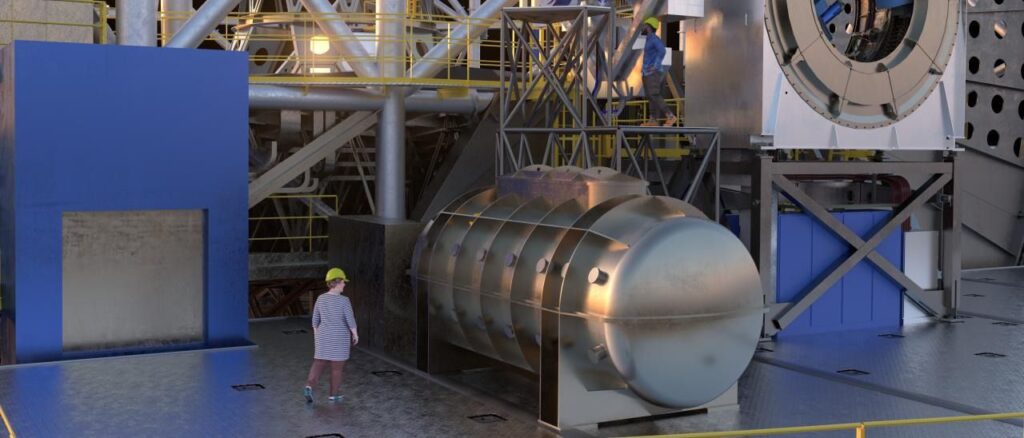Green light for ANDES construction

The Institute of Astrophysics of the Canary Islands is part of the consortium that will design and build the powerful ANDES spectrograph.
He European Southern Observatory (ESO) signed this Wednesday an agreement with an international consortium of institutions for design and construction ANDES.


He Institute of Astrophysics of the Canary Islands (IAC), is part of this consortium with Institute of Astrophysics of Andalusia (IAA-CSIC) and Madrid Astrobiology Center (CSIC-INTA) and others.
ANDES, formerly known as HIRES, is a powerful spectrograph. An instrument that separates light into wavelengths to determine the properties of astronomical objects, such as their chemical composition.
This will be installed in Extremely large telescope (ELT) ESO. It will be used to search for signs of life on exoplanets and early stars. And also check variations in the fundamental constants of physics and measure the acceleration of the expansion of the Universe.
The device will have unprecedented accuracy in the visible and near-infrared ranges. Working in combination with the powerful ELT mirror system, it will enable research in many areas of astronomy.
Revolutionary discoveries
“ANDES is a tool with enormous potential to make groundbreaking scientific discoveries that could profoundly impact our understanding of the universe,” he says. Alessandro MarconiPrincipal Investigator of ANDES at INAF.
Céline Peru, ESO project scientist monitoring ANDES, adds that research areas range “from possibly detecting traces of life on other worlds and identifying the first generation of stars to studying changes in the fundamental constants of physics.
ANDES will conduct detailed studies of the atmospheres of Earth-like exoplanets. This will allow the scientific community to conduct an exhaustive search for signs of life.
You will also be able analyze chemical elements in distant objects of the Universe early. This is probably the first instrument capable of detecting the first stars. Additionally, ANDES data can be used to test whether the fundamental constants of physics change over time and space.
Their comprehensive observations will also be used to directly measure the acceleration of the expansion of the Universe, one of the most important cosmic mysteries.
“Spain’s contribution to ANDES confirms that the Spanish scientific community is at the forefront of knowledge, in particular in the search for signs of life on exoplanets such as Earth and in directly measuring the accelerated expansion of the Universe,” he notes. Honey GonzalezIAC researcher and Spanish representative on the ANDES Council.
Know if there is life
Maria Rosa Zapatero Osoriofrom the CSIC-INTA Center for Astrobiology adds that rocky planets “are found in habitable zones around their stars, but only by studying their atmospheres will we be able to know whether they actually host life” like the one we know. In this sense, ANDES is “vital” to this task.
“In both its science objectives and technology design, ANDES will benefit from the experience gained by IAA-CSIC in CARMENES, one of the most successful exoplanet detector spectrographs in recent years,” he states. Pedro Amadoresearcher at the Institute of Astrophysics of Andalusia (IAA-CSIC) and CSIC representative on the steering committee of the ANDES consortium.
ESO ELT is currently being built in Atacama Desert, in northern Chile. When it becomes operational later this decade, it will become the world’s largest eye on the sky, marking a new era in astronomy.
